In the quiet corners of our forests, a silent crisis unfolds as specialized bird species face the gradual disappearance of their homes. Unlike sudden environmental disasters that capture headlines, the slow, incremental loss of habitat—one tree at a time—represents a more insidious threat to avian biodiversity. This progressive habitat fragmentation has particularly devastating consequences for woodland specialists like the Spotted Owl, Kirtland’s Warbler, and countless other species that depend on specific forest conditions for their survival. As logging operations, urban expansion, and agricultural development continue to chip away at forest ecosystems, these birds find themselves in an increasingly precarious situation, searching for suitable habitat in a landscape that grows more fragmented with each passing year.
The Silent Crisis of Incremental Habitat Loss
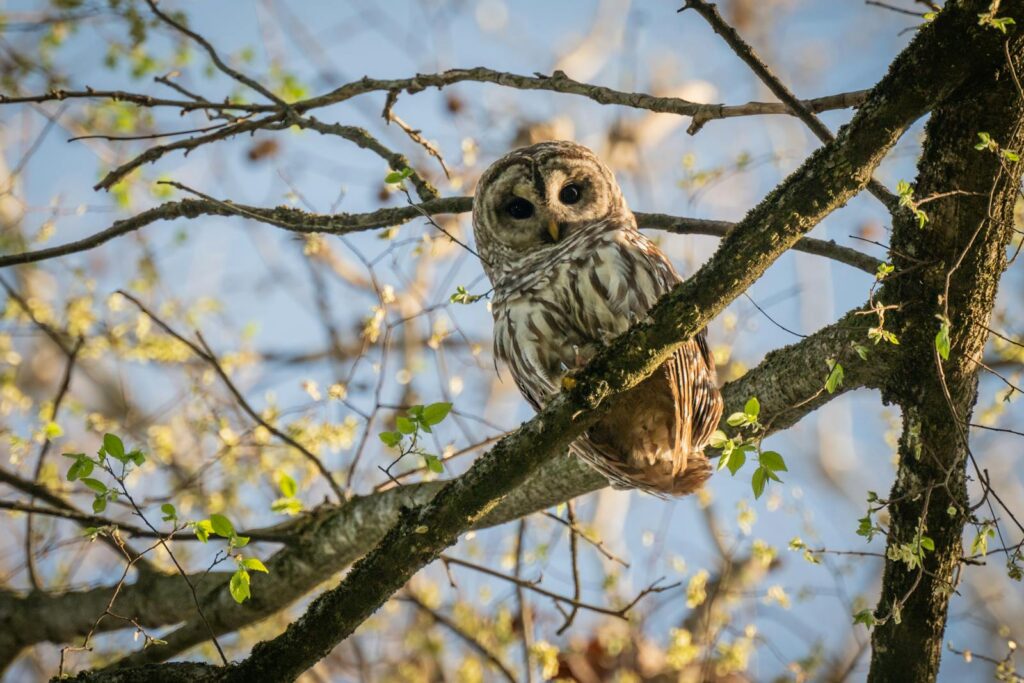
Unlike catastrophic environmental events that dramatically transform landscapes overnight, the gradual elimination of habitat represents a less visible but equally devastating threat to bird populations worldwide. This phenomenon, often called “death by a thousand cuts,” occurs as small parcels of forest are cleared for development, individual trees are harvested for timber, or woodland edges gradually recede due to human encroachment. For birds that require specific forest conditions to breed, feed, and shelter, these incremental losses accumulate over time, eventually rendering entire regions uninhabitable. Research published in the journal Science estimates that North America alone has lost nearly three billion birds since 1970, with habitat loss identified as a primary driver of this decline. The true tragedy lies in how unremarkable each loss appears—a few trees here, a small clearing there—while the cumulative impact fundamentally reshapes entire ecosystems.
Spotlight on the Spotted Owl: A Symbol of Forest Fragmentation
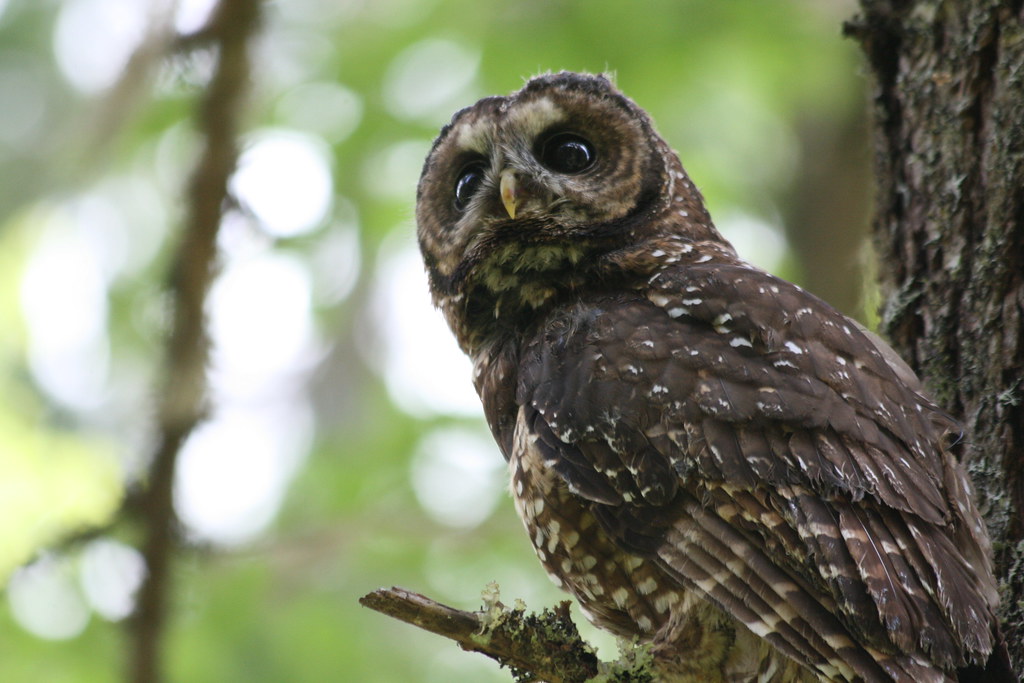
The Northern Spotted Owl (Strix occidentalis caurina) has become an iconic representation of how specialized birds suffer when their habitats disappear incrementally. Native to the old-growth forests of the Pacific Northwest, this medium-sized owl requires large contiguous tracts of mature forest with complex structure, including multiple canopy layers and abundant standing dead trees. Each breeding pair needs approximately 3,000 acres of suitable habitat to thrive, making them exceptionally vulnerable to forest fragmentation. Since the 1990s, when the species was listed as threatened under the Endangered Species Act, populations have continued to decline at an estimated rate of 4% annually despite conservation efforts. The owl’s predicament illustrates a crucial ecological principle: for highly specialized species, the fragmentation of habitat can be just as devastating as its destruction, as the remaining forest patches become too small or too isolated to support viable populations.
The Ecological Domino Effect of Tree-by-Tree Removal

When trees disappear one by one from a forest ecosystem, the effects cascade through the entire biological community in what ecologists call “ecological cascades.” The removal of mature trees eliminates nesting cavities used by primary cavity nesters like woodpeckers and secondary cavity users like chickadees, nuthatches, and small owls. Research in the Appalachian Mountains demonstrated that areas where select logging removed just 20% of mature trees experienced a 40% reduction in cavity-nesting bird species within three years. Beyond nesting sites, the incremental loss of trees reduces insect abundance and diversity, diminishing food resources for insectivorous birds. The altered microclimate—with increased light penetration, higher temperatures, and lower humidity—further transforms the habitat, making it unsuitable for moisture-dependent species. Perhaps most concerning, these changes typically occur gradually enough that they escape public attention until the accumulated effects reach a tipping point where restoration becomes extraordinarily difficult.
Island Biogeography: When Forest Patches Become Islands
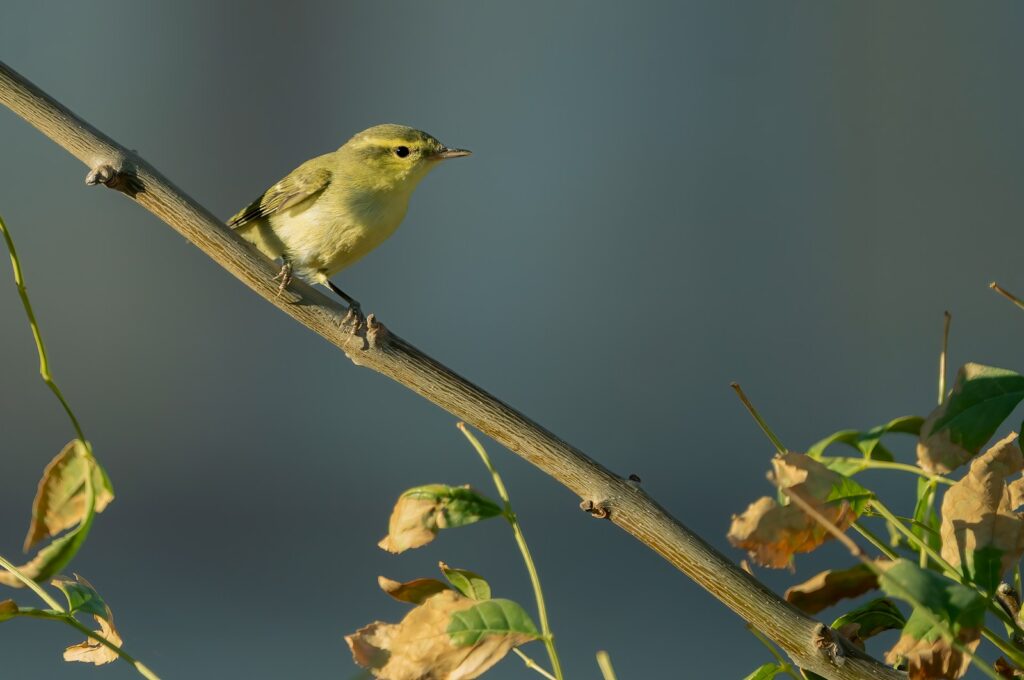
As forests become increasingly fragmented, the remaining patches effectively transform into habitat islands surrounded by seas of unsuitable environment—farmland, suburbs, or commercial developments. This phenomenon brings into play the principles of island biogeography, which suggests that smaller habitat islands support fewer species and become more vulnerable to local extinctions. Research in Brazil’s Atlantic Forest has documented that fragments smaller than 100 hectares (247 acres) lose approximately 50% of their forest-dependent bird species within 15 years of isolation. The quality of these habitat islands deteriorates over time through what ecologists call “edge effects,” where altered conditions (increased wind, higher temperatures, reduced humidity, and greater predator access) penetrate the forest interior from the margins. For birds that evolved to thrive in forest interiors, these edge effects can render substantial portions of remaining forest patches effectively uninhabitable. The isolation between patches also impedes dispersal, preventing genetic exchange between populations and increasing extinction risk through inbreeding and reduced adaptive potential.
The Kirtland’s Warbler: A Conservation Success Under Threat
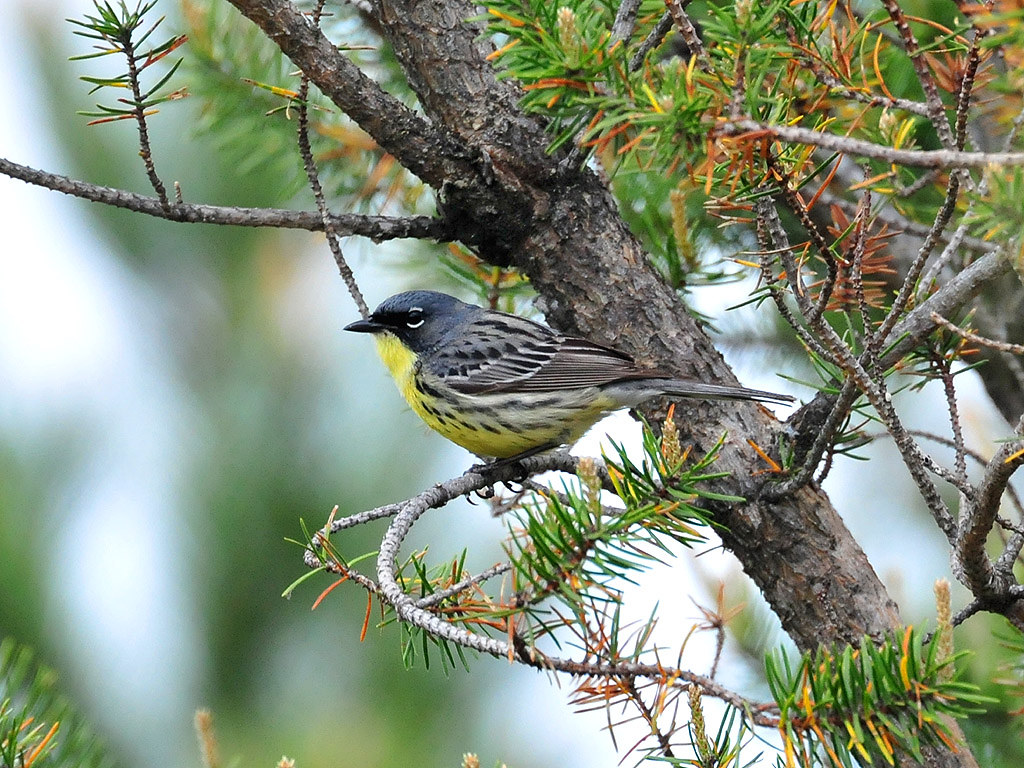
The Kirtland’s Warbler (Setophaga kirtlandii) offers both hope and caution in the story of specialized birds losing habitat. This endangered songbird breeds almost exclusively in young jack pine forests in Michigan’s Lower Peninsula, requiring stands between 5-20 years old with specific understory characteristics. By the 1970s, the global population had plummeted to approximately 400 individuals due to habitat loss and brood parasitism by Brown-headed Cowbirds. Intensive management efforts, including controlled burns to create suitable jack pine habitat and cowbird control programs, helped the species recover to over 4,000 individuals by 2019, allowing its removal from the endangered species list. However, this success remains precarious, as the warbler’s habitat requirements mean it depends entirely on active forest management to create and maintain suitable breeding grounds. Recent budget cuts to conservation programs and increasing pressure to develop lands previously dedicated to warbler habitat demonstrate how quickly the gains made for specialized species can be reversed when the incremental loss of habitat resumes.
The Hidden Impact of Selective Logging
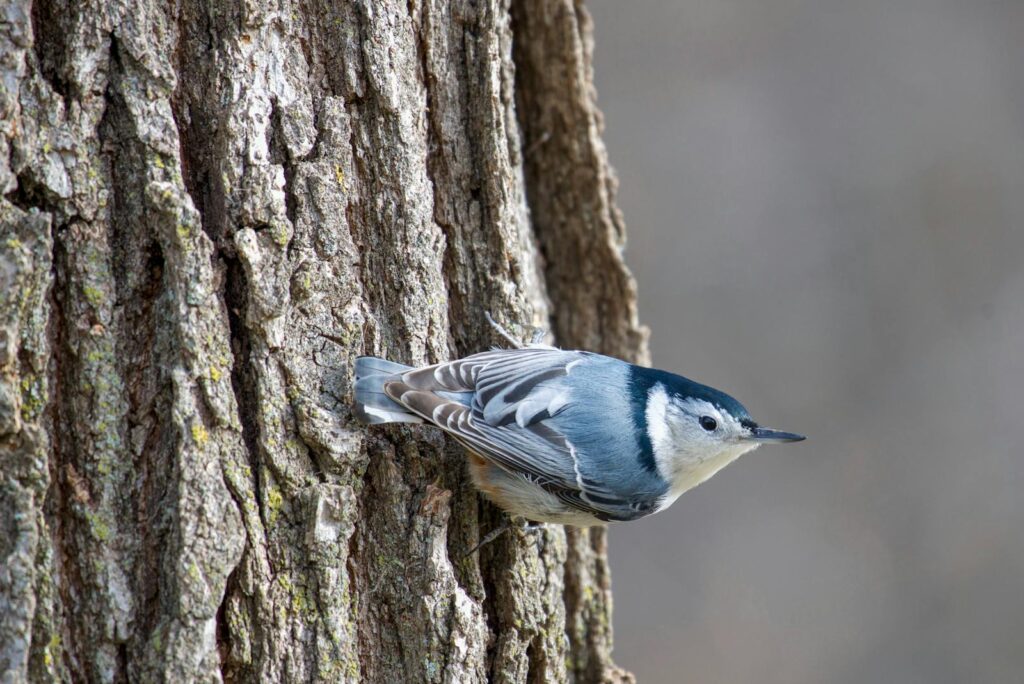
While clear-cutting forests generates public outcry, selective logging—the practice of harvesting only certain tree species or size classes—often flies under the radar despite its significant impacts on bird habitat. In tropical forests, selective logging typically targets the largest, oldest trees that provide essential nesting sites, food resources, and structural diversity for specialized bird species. A comprehensive study in the Amazon found that areas subjected to selective logging lost up to 50% of their understory insectivorous bird species within three years, even though only 5-10% of trees had been removed. Many of these birds never returned, even decades after logging ceased, suggesting permanent changes to the forest ecosystem. In North American forests, the selective removal of standing dead trees (snags) has particularly devastating consequences for cavity-nesting birds, with research in the Pacific Northwest documenting up to 75% fewer woodpecker species in selectively logged stands compared to untouched forests. The incremental nature of selective logging makes its cumulative impact difficult to quantify until bird populations have already experienced significant declines.
Urban Expansion: The Encroaching Concrete Forest
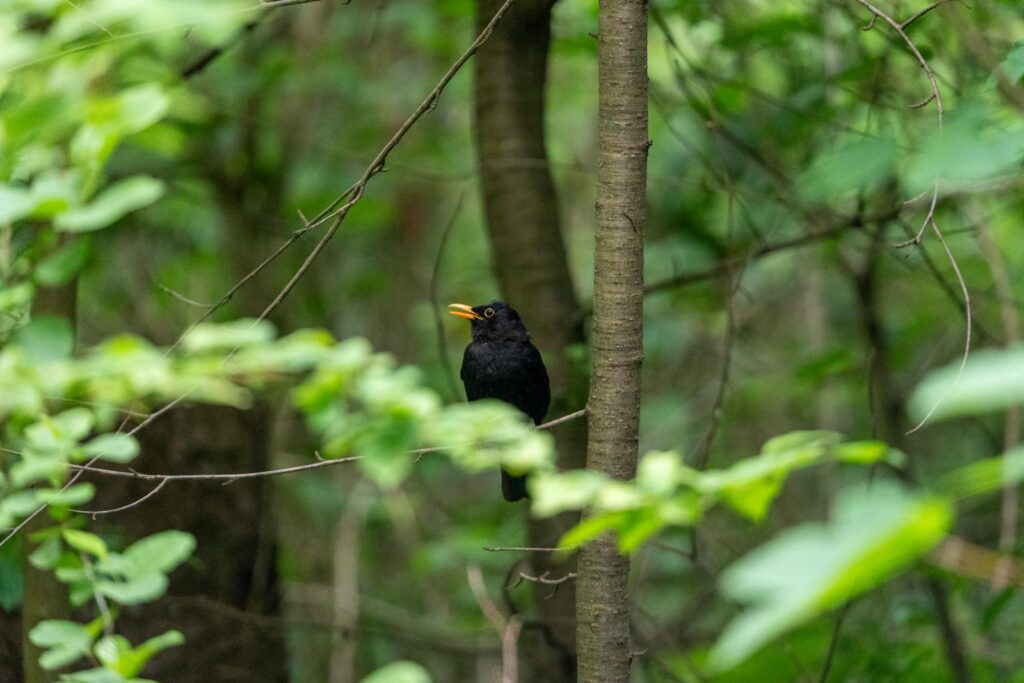
As cities expand outward, they typically consume surrounding forests through a gradual process of development that eliminates specialized bird habitat tree by tree. This urban encroachment often begins with the construction of scattered homes or businesses at forest edges, followed by infrastructure development, and eventually complete transformation of forested areas into suburban or urban landscapes. Studies in the eastern United States have documented that as housing density increases from one house per 40 acres to one house per 5 acres, forest interior species like Scarlet Tanagers, Wood Thrushes, and Ovenbirds disappear completely, even when substantial tree cover remains. The seeming paradox occurs because these species don’t merely require trees—they need specific forest conditions including contiguous canopy, complex understory structure, and minimal human disturbance. Urbanization also introduces additional threats including increased predation by domestic cats, collisions with buildings and vehicles, light pollution that disrupts migration, and noise pollution that interferes with mating calls and territory establishment.
Agricultural Expansion: Fields Where Forests Once Stood
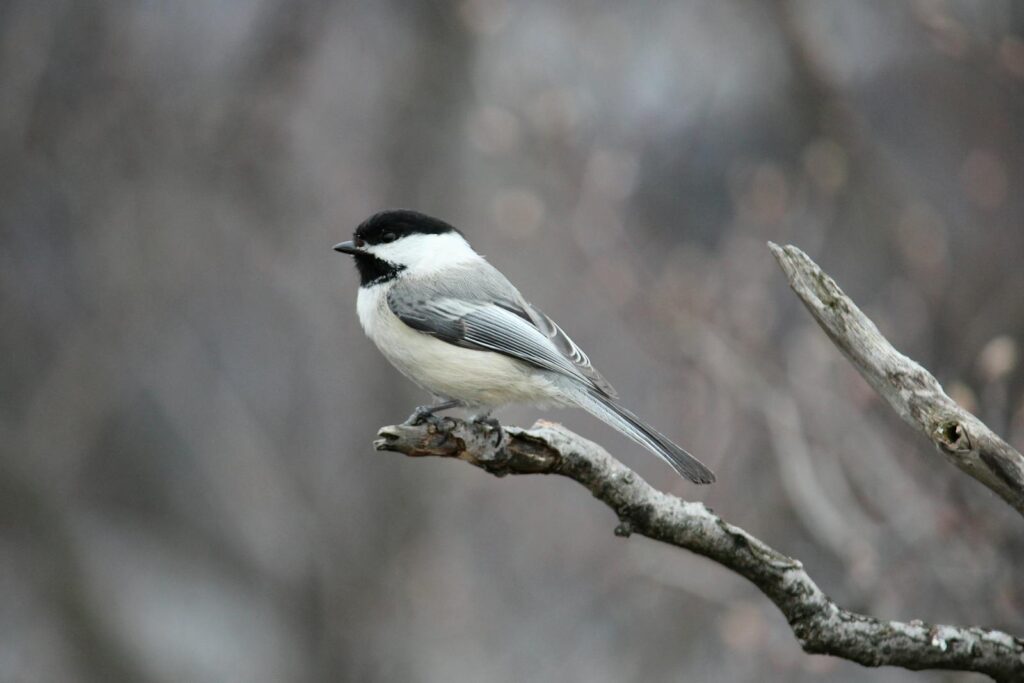
The conversion of forests to agricultural land represents one of the most significant drivers of habitat loss for woodland bird species worldwide, often occurring incrementally as farmers expand existing fields or create new ones at forest margins. In tropical regions like Central and South America, where many North American migratory birds spend their winters, this conversion eliminates crucial non-breeding habitat for species already stressed by habitat loss in their summer ranges. Research tracking Wood Thrushes with geolocators revealed that individuals wintering in intact forest patches had 50% higher survival rates than those forced into fragmented areas. In temperate regions, the expansion of row crop agriculture has eliminated hedgerows, woodlots, and riparian corridors that provided essential stopover habitat during migration. The incremental nature of agricultural expansion often means that farmers clear “just a little more” forest each year, resulting in substantial cumulative habitat loss that remains largely unregulated in many regions. Even when regulations exist, enforcement challenges and economic pressures often result in continued incremental forest conversion.
Climate Change: The Amplifier of Habitat Loss
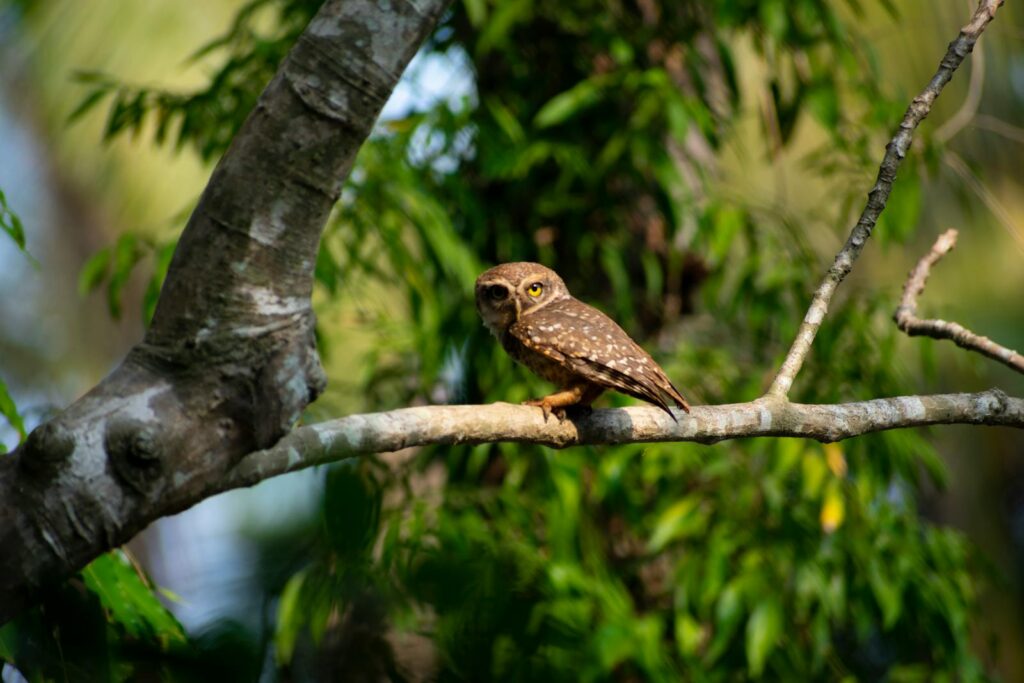
Climate change interacts with incremental habitat loss to create particularly severe challenges for specialized forest birds. As temperature and precipitation patterns shift, the geographic range suitable for many tree species is moving northward or to higher elevations, meaning birds that depend on specific forest types must either adapt to new conditions or shift their ranges accordingly. Research on the Black-throated Blue Warbler indicates that its optimal habitat is shifting northward at approximately 5-10 kilometers per decade, but habitat fragmentation creates barriers to this movement by eliminating stepping-stone patches needed for successful range shifts. The stress of climate adaptation compounds vulnerability to incremental habitat loss, as populations already struggling with reduced habitat quality face additional challenges adapting to new temperature regimes or altered seasonal timing. Some forest bird species now face what ecologists call a “climate trap,” where the pace of climate change exceeds their ability to colonize new areas, particularly when suitable corridors for movement have been eliminated through incremental habitat fragmentation.
The Economic Value of Forest Birds: Ecosystem Services at Risk
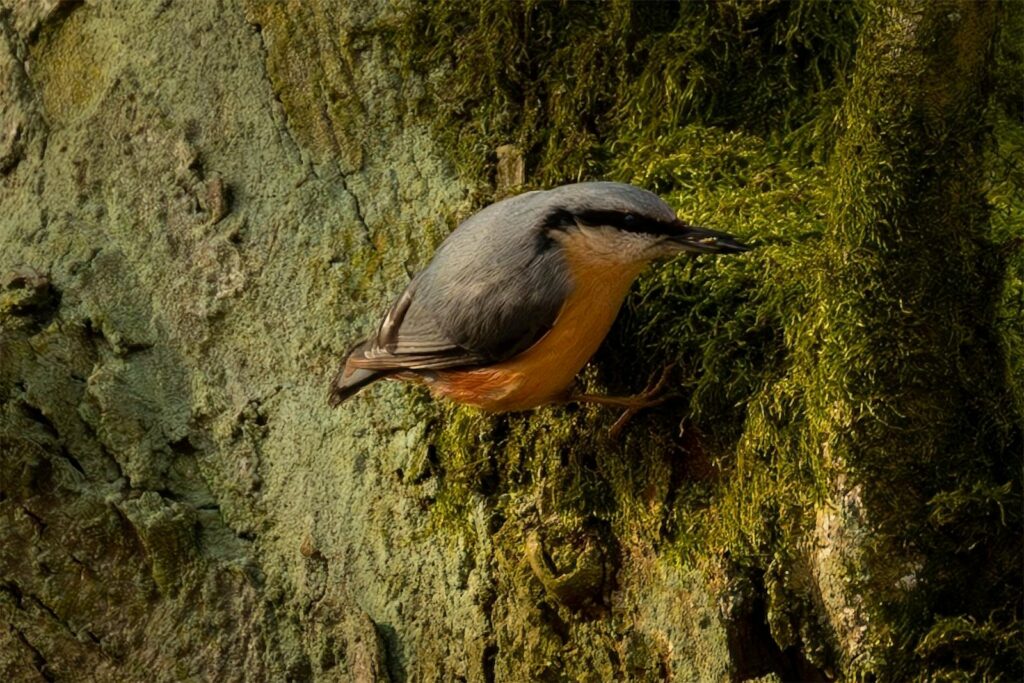
The incremental loss of habitat for specialized forest birds carries significant economic consequences that often go unrecognized in development decisions. Forest birds provide essential ecosystem services including pest control, seed dispersal, and pollination, that maintain forest health and productivity. Research in coffee-growing regions of Central America demonstrated that farms maintaining forest patches to support birds experienced 80% fewer insect pest outbreaks than those without bird habitat, resulting in yield increases valued at $310 per hectare annually. In North American forests, a single pair of breeding warblers consumes approximately 9,000 caterpillars during the nesting season, providing natural control of forest pests that would otherwise require expensive chemical treatments. Beyond these direct services, forest birds support substantial ecotourism revenues, with birdwatching generating over $41 billion annually in the United States alone, according to the U.S. Fish and Wildlife Service. When habitat disappears tree by tree, these economic benefits erode gradually, often escaping notice until the ecological systems that supported them have fundamentally changed.
Conservation Solutions: Protecting Connected Landscapes
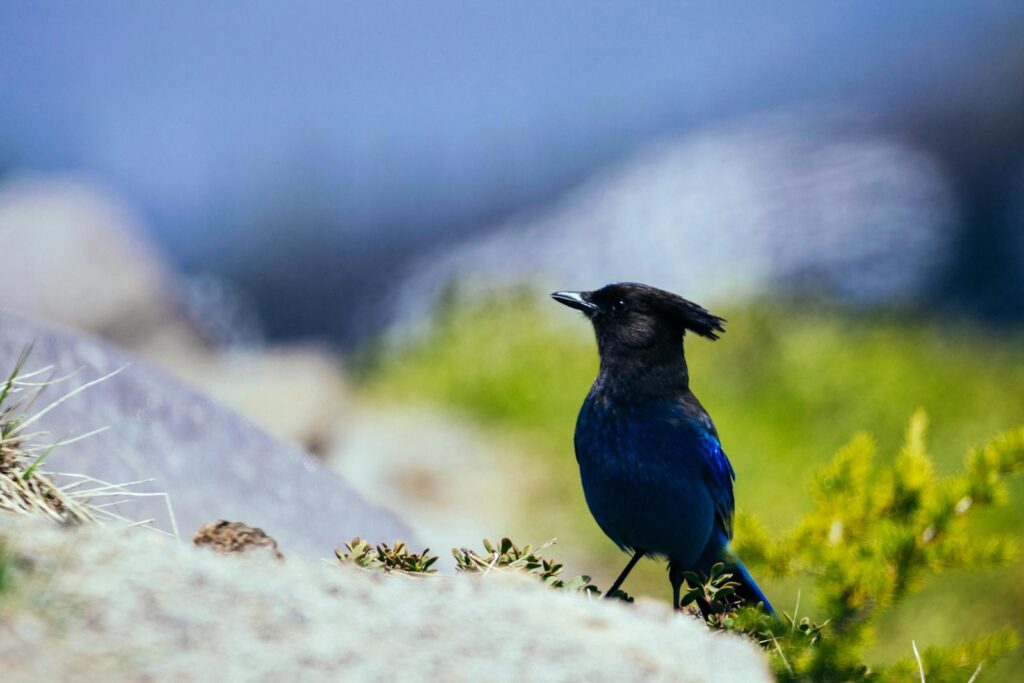
Addressing the incremental loss of bird habitat requires strategies that focus on landscape connectivity rather than protecting isolated forest fragments. Conservation biologists increasingly advocate for the establishment of wildlife corridors—protected strips of habitat that connect larger forest patches and allow birds to move between them. In Costa Rica’s San Juan-La Selva Biological Corridor, a network of protected areas and connecting habitat has helped maintain populations of threatened species like the Great Green Macaw despite ongoing development pressure in the region. Strategic land acquisition programs that target properties creating linkages between existing protected areas have proven particularly effective, as demonstrated by the success of the Southern Appalachian Highlands Conservancy in creating continuous habitat corridors along the Blue Ridge Mountains. Conservation easements, which provide tax incentives to private landowners who commit to maintaining forest habitat, offer another powerful tool for preventing incremental habitat loss, particularly in regions where outright land purchase is financially unfeasible. These landscape-scale approaches recognize that for specialized forest birds, the connection between habitat patches is often as important as the protection of the patches themselves.
Sustainable Forestry: Balancing Timber Harvest with Bird Habitat
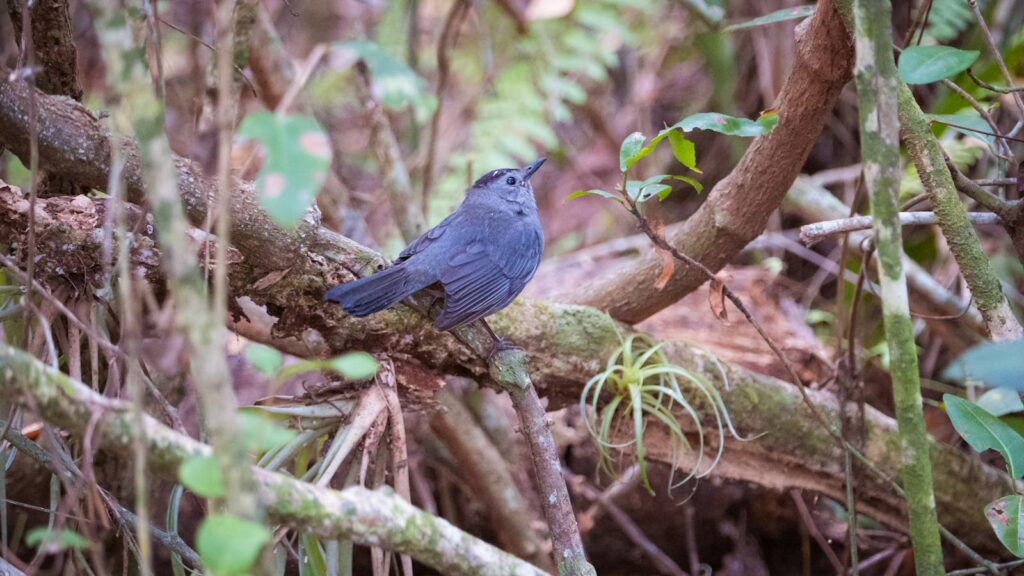
While complete protection of forests represents the ideal approach for conserving bird habitat, economic realities often necessitate developing sustainable forestry practices that maintain suitable conditions for specialized species while allowing limited timber harvest. Research in the Upper Midwest has demonstrated that harvest techniques mimicking natural disturbance patterns—such as group selection cuts that create small gaps similar to those produced by fallen trees—can maintain populations of most forest interior birds while still producing timber revenue. Retention forestry, which leaves “habitat islands” of unharvested trees within logged areas, helps preserve essential features like snags and mature trees needed by cavity-nesting species. The Forest Stewardship Council certification program has created market incentives for these bird-friendly practices by allowing certified timber to command premium prices. In managed forests of Sweden, requirements to retain at least 5% of harvest areas as permanent conservation zones have helped maintain populations of specialized woodpeckers and other cavity-nesting birds despite intensive timber production in surrounding stands. These approaches demonstrate that with careful planning, the complete loss of specialized bird habitat is not an inevitable consequence of forest utilization.
Citizen Science: Tracking Incremental Habitat Loss
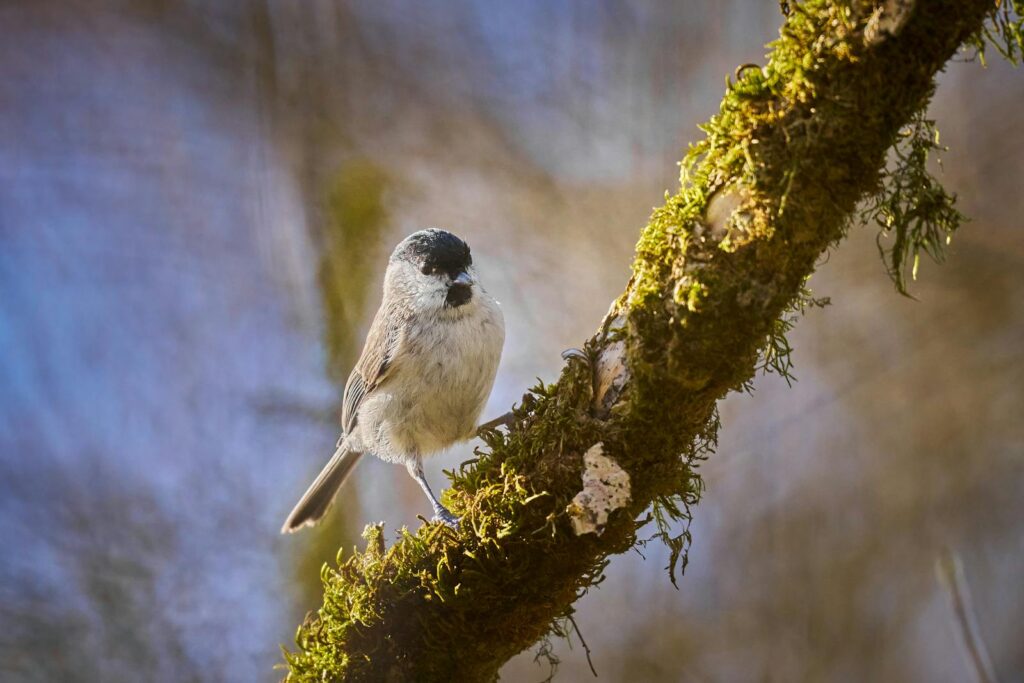
One of the greatest challenges in addressing incremental habitat loss lies in detecting and quantifying these gradual changes before they result in population collapses for vulnerable bird species. Citizen science initiatives have emerged as powerful tools for tracking these subtle shifts across large geographic areas. The Cornell Lab of Ornithology’s eBird program, which collects more than 100 million bird observations annually from volunteer participants, has enabled researchers to identify areas where bird populations are declining before traditional scientific surveys could detect the changes. In the Appalachian Mountains, data from citizen scientists participating in the Breeding Bird Survey helped identify a 60% decline in Cerulean Warblers over three decades, leading to targeted conservation efforts for this canopy-dwelling species. Combining these bird observation data with satellite imagery allows conservationists to correlate population changes with specific patterns of habitat modification, creating early warning systems for at-risk species. These citizen-powered monitoring networks provide the continuous, wide-ranging surveillance necessary to detect the cumulative effects of tree-by-tree habitat loss that might otherwise escape notice until populations have crashed beyond recovery.
Hope on the Horizon: Successful Habitat Restoration
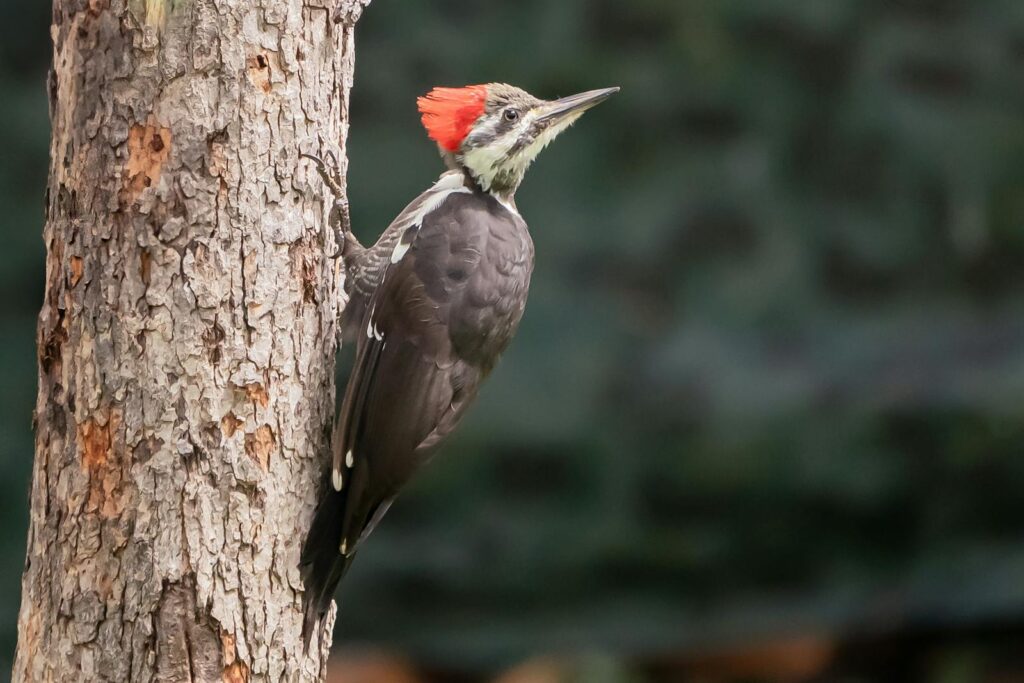
Despite the challenges of incremental habitat loss, numerous success stories demonstrate that strategic restoration efforts can recover habitat for specialized forest birds. The Kirtland’s Warbler recovery program mentioned earlier provides one dramatic example, but other initiatives have achieved similar results. In the Lower Mississippi Alluvial Valley, the Conservation Reserve Program has supported the reforestation of over 700,000 acres of former agricultural land, creating habitat that has allowed Prothonotary Warblers and other bottomland hardwood specialists to recolonize areas where they had disappeared. In Costa Rica’s Guanacaste region, innovative reforestation techniques developed by ecologist Daniel Janzen have transformed cattle pastures back into tropical dry forest, with bird diversity increasing from fewer than 100 species to over 300 species in restored areas. The Southeastern Wisconsin Forest Restoration Program has successfully reestablished oak savanna habitat by selectively removing invasive species and reintroducing controlled fire, creating conditions that support Red-headed Woodpeckers and other oak specialists that had disappeared from the region. These success stories share common elements: they focus on restoring ecosystem processes rather than just planting trees, they take a landscape perspective rather than focusing on isolated patches, and they explicitly incorporate the habitat requirements of target bird species into restoration design.
While the incremental loss of bird habitat presents a formidable conservation challenge, the growing awareness of this issue offers reason for hope. Unlike sudden, catastrophic habitat destruction, the tree-by-tree disappearance of suitable conditions for specialized birds provides opportunities for intervention before species reach crisis points. By supporting sustainable forestry practices, establishing protected corridors between habitat fragments, participating in citizen science initiatives, and advocating for land-use policies that consider cumulative impacts, concerned citizens can help ensure these remarkable birds don’t disappear as quietly as their habitat. The future of forest specialists like the Spotted Owl, Kirtland’s Warbler, and countless others depends on recognizing that even small habitat losses matter, and that protecting these birds requires thinking beyond individual trees to the connected forest landscapes they call home.
